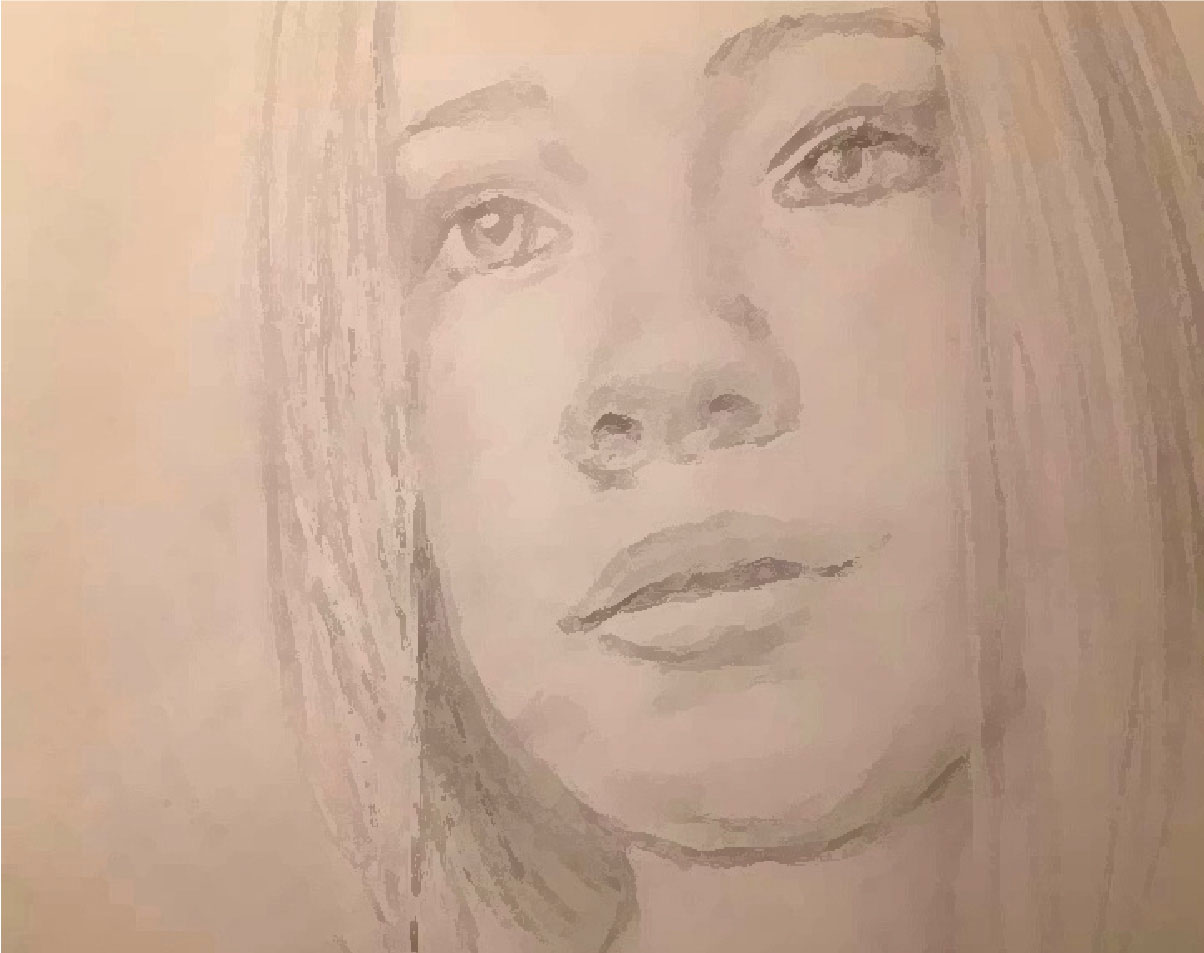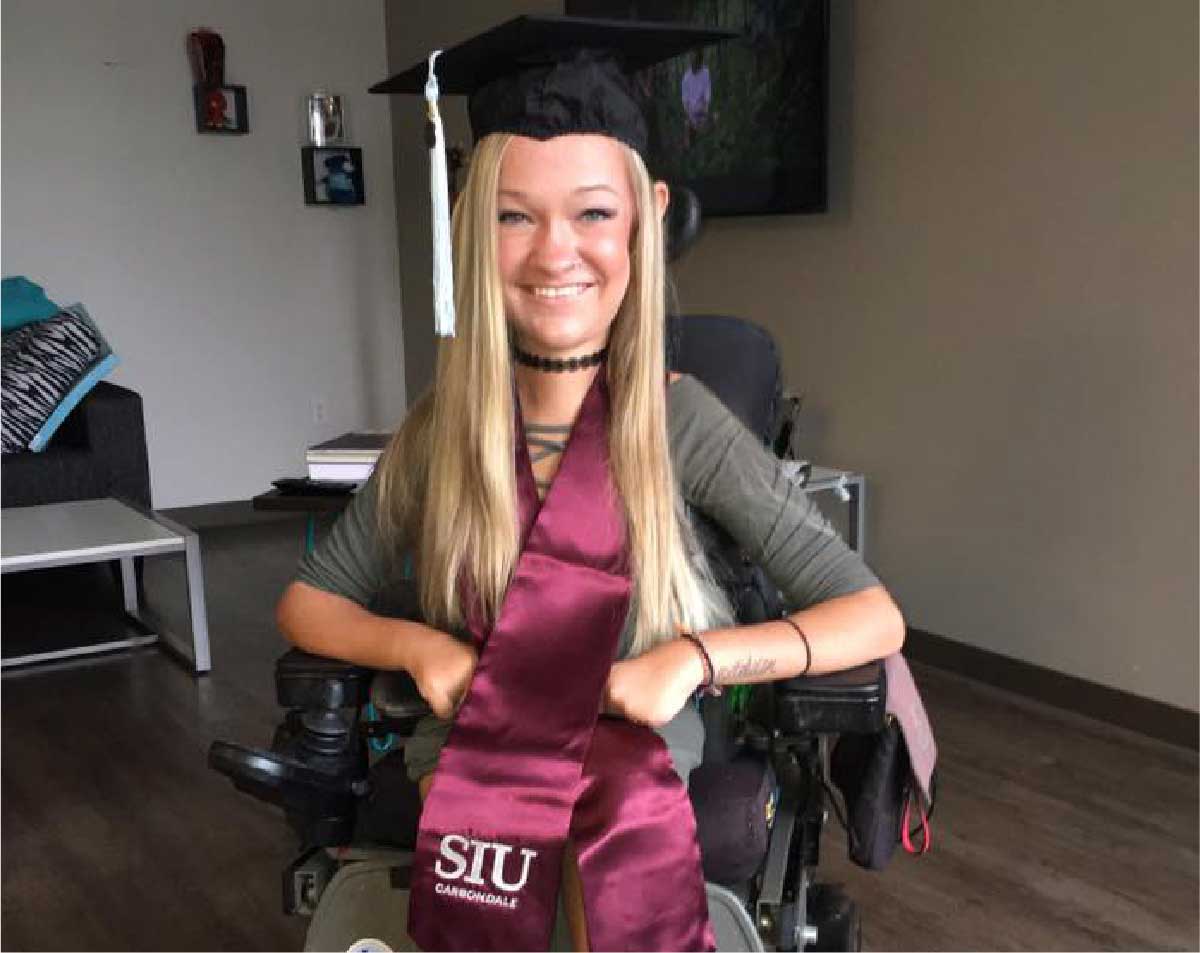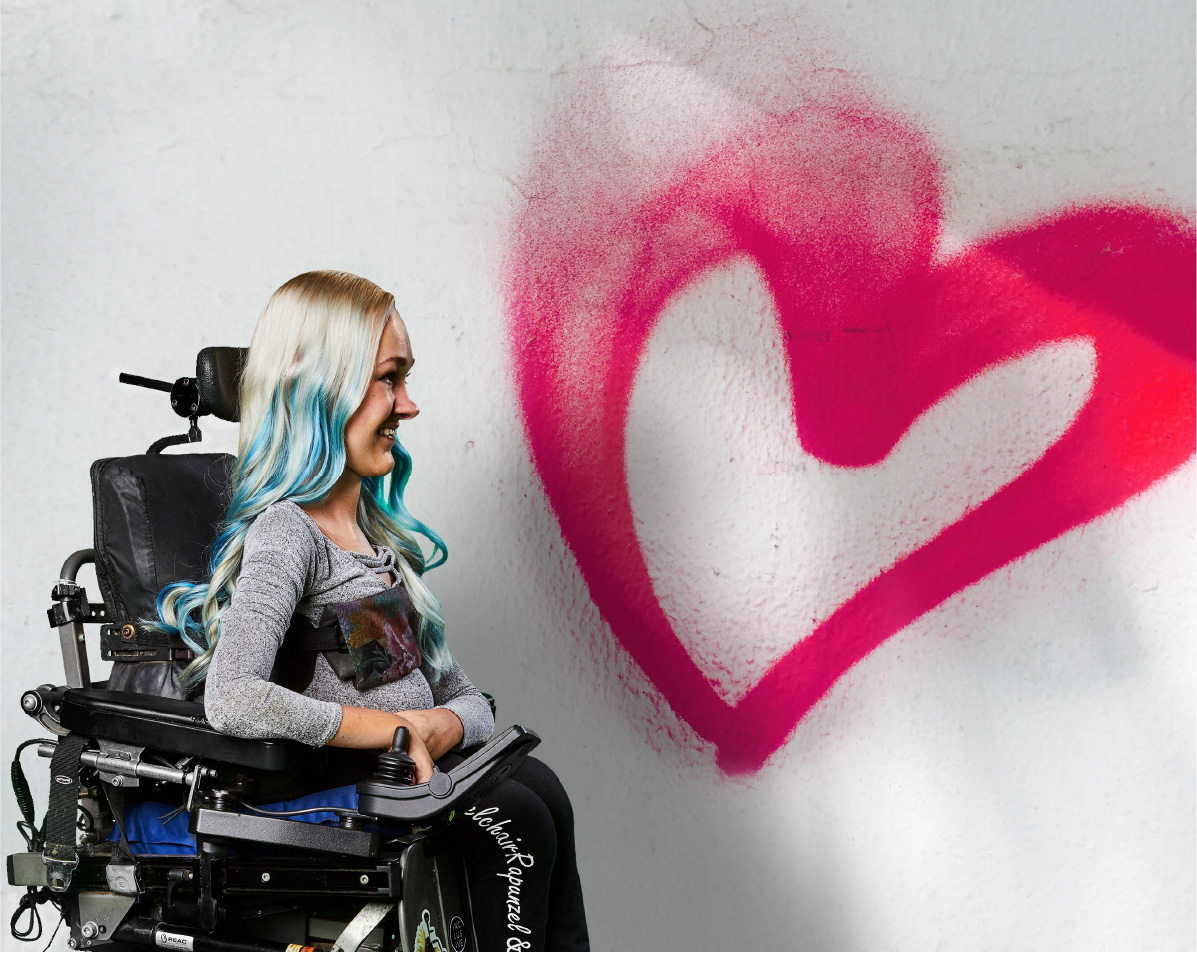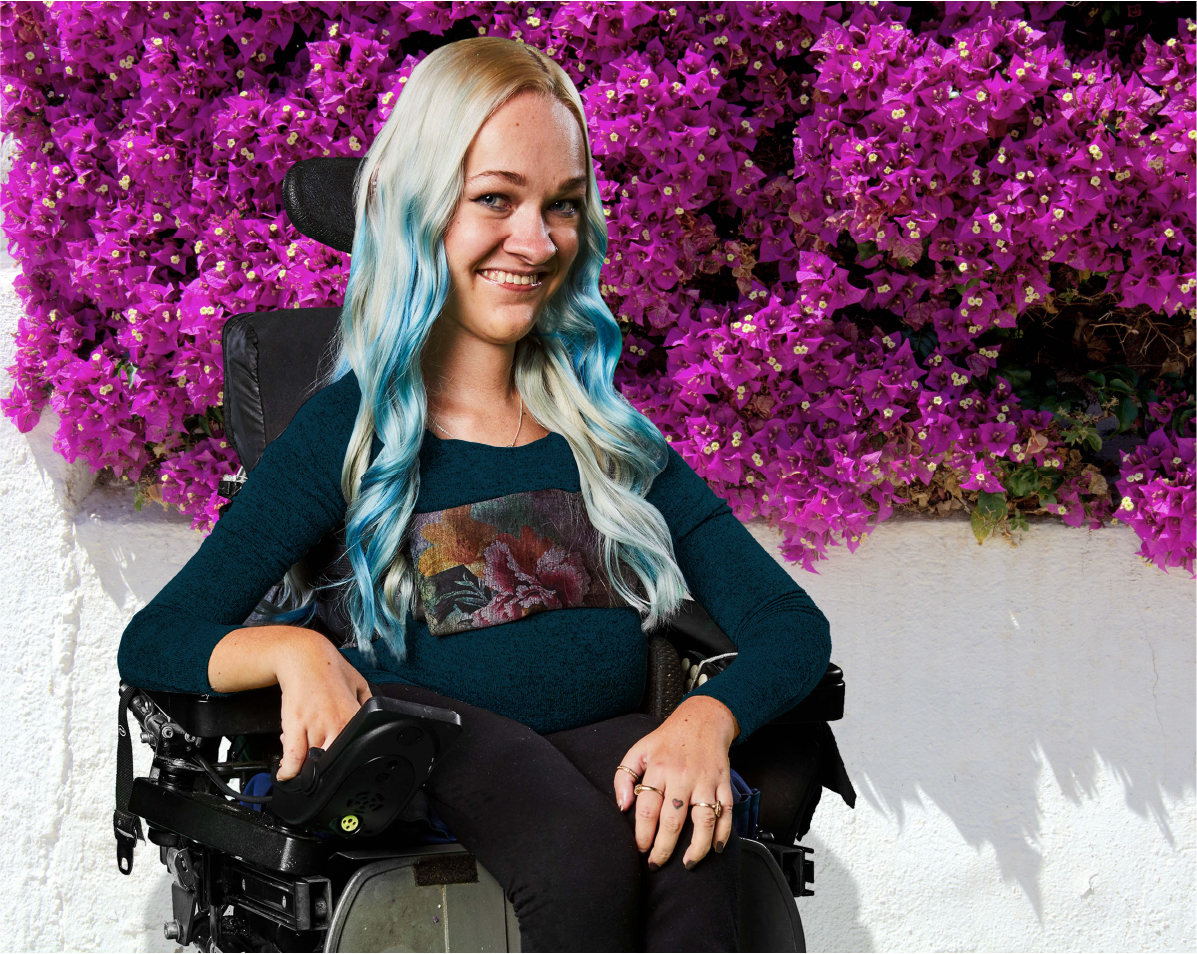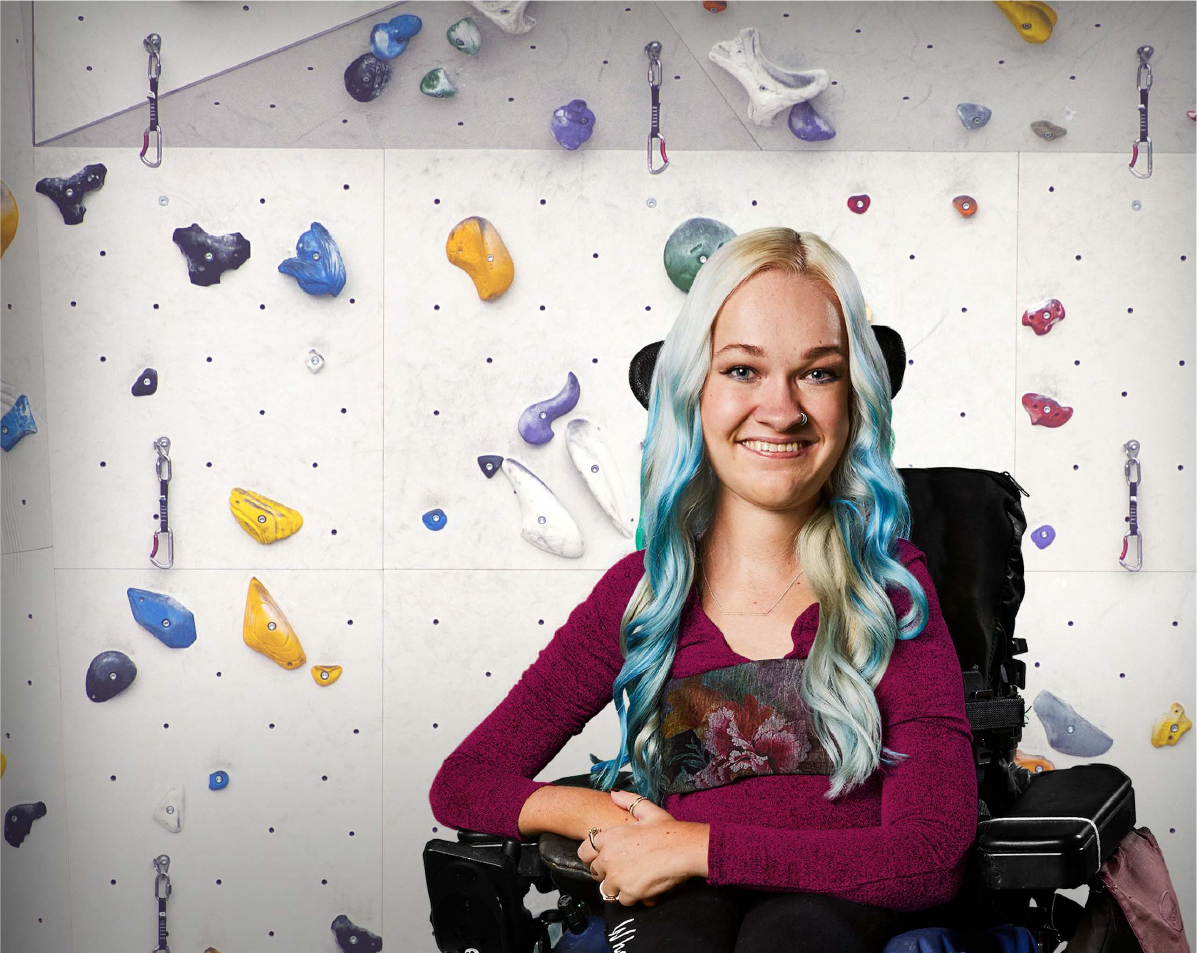Alex
Accessibility is a right
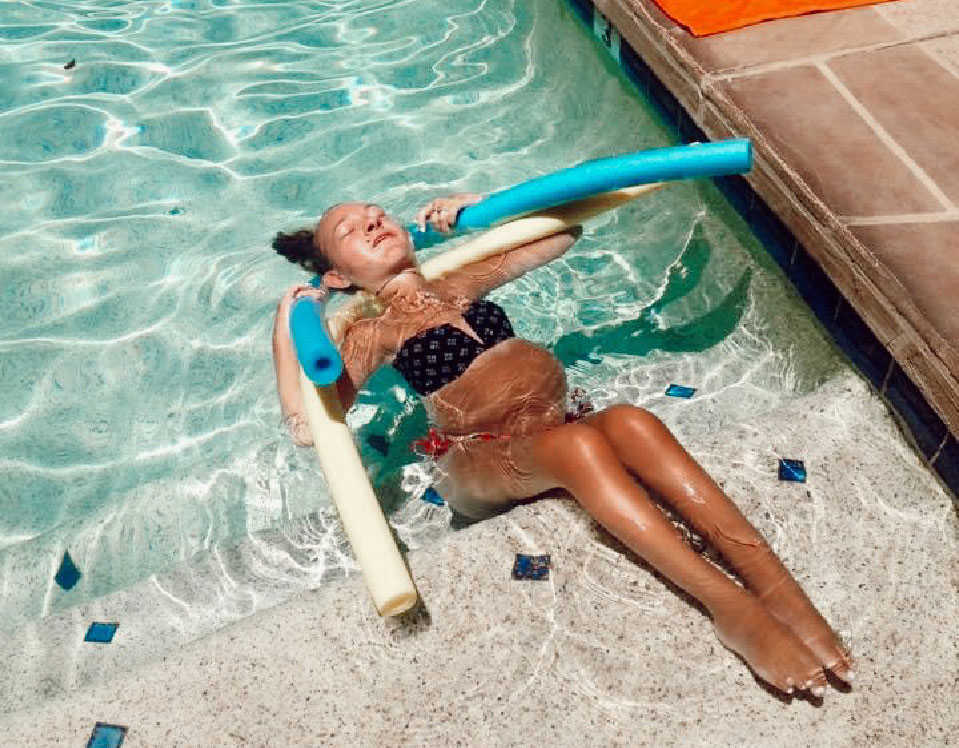
Navigating a world that wasn’t made to be accessible can be taxing. The extra planning, the coordinating, the calling ahead to see if there’s accessible seating — sometimes it seems like a chore just to go anywhere.
Being denied the opportunity to go out with friends or family because the establishment is not accessible, or not being able to apply for your dream job because the location isn’t accessible.
If you have SMA or a disability, I’m sure you know this all too well.
“Accessibility is a fundamental human need; a human right.”
It can be tough hearing people’s excitement when a place does turn out to be accessible, as if it’s an add-on — something extra.
I’m guilty of feeling “thankful” when a place I went to just happened to be wheelchair accessible. It wasn’t until recently I discovered that the feeling of thankfulness I experienced when I was presented with access stemmed from deep-rooted internalized ableism. This is something we all have to continue to work on, whether we are disabled or not. The work begins with education, awareness and storytelling.
“Through sharing my own experiences, I hope to culminate an anti-ableist society: a society where disabled folks can have access to everything our peers do.”
Accessibility is nothing to be thankful for, because it’s a human right.
Yes, accessibility is a human right, not a privilege.
